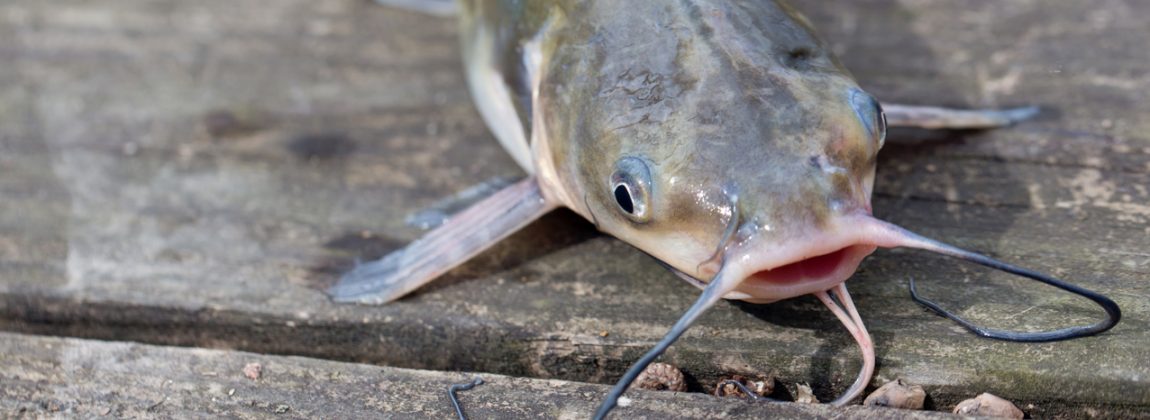Since it began administering the Stream Stewardship Trust Fund, the Foundation has dispersed more than $6 million for priority stream protection efforts while working with the Missouri Department of Conservation and other stream partners statewide. Stream protection efforts have benefited the Niangua darter, found in Missouri and no where else in the world, and countless other aquatic wildlife and riparian habitats. For details on the Trust Fund, please contact us.
The Stream Stewardship Trust Fund is a voluntary in-lieu fee mitigation program to which developers can make payments to meet the requirements of Section 404 of the Clean Water Act and Section 10 of the Rivers and Harbors Act.
More details are available for developers wanting to participate.
With any development project, land will be disturbed and streams may be affected. Construction site erosion, dredging and other stream engineering can clog a section of stream with sediment and impact the movement of fish and threaten the survival of aquatic life. The two federal acts mentioned above help safeguard America’s water resources from developmental impacts by requiring developers to mitigate the effects of development. Developers make amends for stream damage by providing money used for the restoration or protection of a stream elsewhere.
The U.S. Army Corps of Engineers is the federal agency responsible for issuing certain types of permits required under the two acts, which regulates development activities that impact streams and wetlands. An agreement signed between the Corps and the Missouri Conservation Heritage Foundation allows the Foundation to collect mitigation fees from developers and to use the funds to restore and protect streams in priority watersheds.
Paul Calvert, Fisheries Field Operations Chief with the Conservation Department and Trust Fund Committee member, said, “The Trust Fund provides a conservation-wise mitigation option to developers. And, their mitigation fees have funded more than 60 projects around the state. The fees aren’t being spent randomly but very strategically in watersheds that, without protection or restoration, have the most to lose in terms of their biological diversity, fishing potential or because they provide a source of drinking water for people. The Trust Fund is a valuable partner in the Conservation Department’s statewide stream program.”
Read about Trust Fund projects in the Missouri Conservationist
Stream Stewardship Trust Fund Facts:
- The Trust Fund addresses authorized impacts to headwater stream systems (i.e., first through third order streams).
- The Trust Fund remains voluntary, never mandatory.
- The Trust Fund has not changed the Clean Water Act’s permit process.
- Costs associated with participating in the Trust Fund are based on specific permit requirements required by the U.S. Army Corps of Engineers.
- Impacts caused by a potential development project are assessed by the U.S. Army Corps of Engineers and mitigation credits are assigned. The cost to a developer to participate in the Stream Stewardship Trust Fund is driven by market forces; currently a fee of $25 per credit is charged.
- Trust Fund dollars are designated for restoration, enhancement and/or protection of priority stream systems and associated riparian habitats in many of Missouri’s major watersheds.
- Trust Fund dollars are handled in accordance with an agreement between the Foundation and the U.S. Army Corps of Engineers and grant program guidelines.
- Trust Fund proposals selected through a granting process ensures that only priority stream projects are funded.
- The Trust Fund provides funding for project sites that are protected by a 30-year conservation agreement, or 30-year or permanent easements donated to or purchased by a conservation owner.
- The Foundation’s agreement with the U.S. Army Corps of Engineers requires allocating funds to a specific project within three years following the calendar year collected.
- The Foundation provides the U.S. Army Corps of Engineers with an annual report at the end of each calendar year.
Selected Project Summaries:
Dallas County Low Water Crossing Projects Summary
Miller County – Brushy Fork Creek
Missouri Watershed Champions – Bob and Barbara Kipfer, video below









